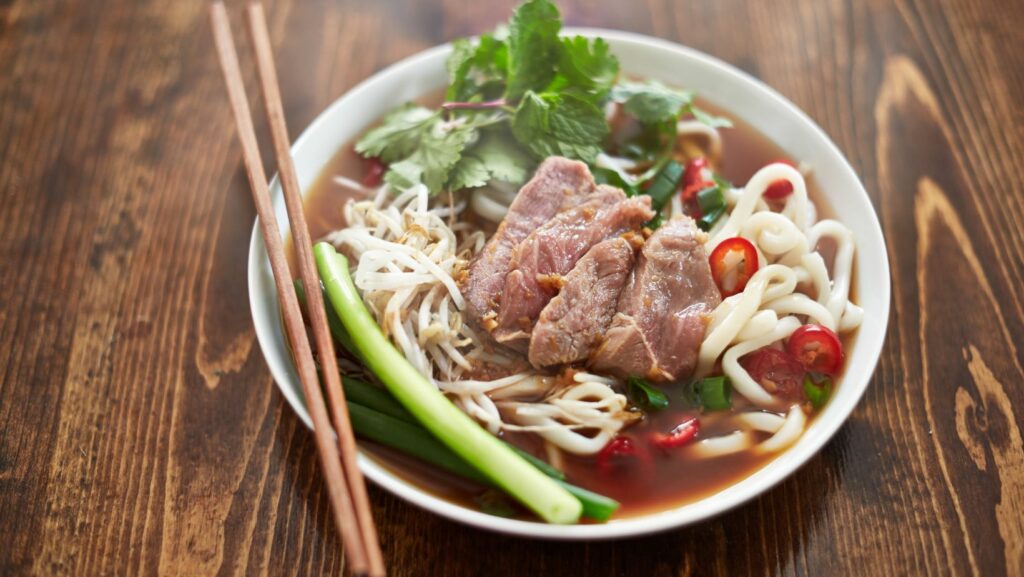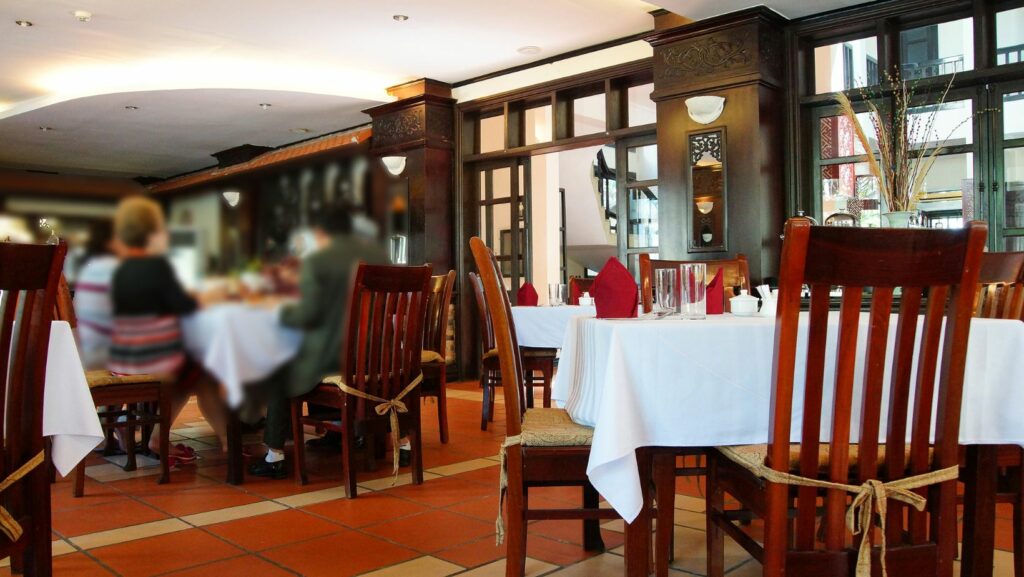
There are endless destinations around the world to visit and explore. Each has true treasures hidden in its corners, unique landscapes, a wide variety of tourist attractions, and its own language, culture, history, and tradition.
Gastronomy is a fundamental part of each destination since many people visit a region or country solely to delight in the typical dishes and discover new flavor experiences. In this case, a food tour in Vietnam can help you learn about the ingredients that form the basis of the recipes, how they are cooked, where they come from, and how the meals are prepared.
Gastronomy is much more than sitting down to eat. It is a point of union and knowledge where history and traditions are present thanks to the recipes passed from generation to generation. People try different flavors and textures that they won’t try anywhere else, and that is one of the things that makes this country unique.
The variety of food manages to capture the attention of visitors. Over time, many international media wrote about how to enjoy a food tour in Vietnam and about the gastronomy of the different regions.
Essence of Vietnamese cuisine
Gastronomy has become a cultural characteristic for the country’s inhabitants. They believe that, through food, those who try it can get to know the country’s culture. In this sense, gastronomy is not only recipes and dishes; it is an art that combines condiments, a large number of ingredients, and ancient or modern techniques to achieve an unparalleled result.
· Agricultural
Wet rice is the main ingredient in Vietnamese gastronomy. In any part of Vietnam, typical meals include rice and vegetables.
In the country, people eat a lot of fruit: it does not matter if it is chosen for dessert, breakfast, or snack. Fruit is selected from at all times of the day and is available throughout the year.

Vietnamese recipes are characterized by being made with ingredients grown in the country, which gives them a better flavor than industrial products. People usually go to the market to get fresh food.
· Social
Vietnam is a country known for adopting some foods that are today typical of the region but come from other places. It can adapt and manipulate these foods to create something unique.
Vietnam borders countries such as China, Laos, and Cambodia, and these places undoubtedly influence its cuisine. For example, this can be seen in the use of ingredients such as ginger, cabbage, and fish.
If you take a food tour of Vietnam, you will observe that gastronomy faithfully reflects the culture and civilization of a country’s inhabitants.
· Diversity
Another characteristic of Vietnamese cuisine is diversity because its dishes are created with exciting ingredients. Herbs such as basil and onion, spices such as pepper, chili, garlic, ginger, turmeric, anise, and other fermented ingredients such as fish sauce, among others, are clear examples of the variety of flavors each can have. Recipes that are cooked in this country.
Regarding meat, they use pork, chicken, or beef in their meals. Like fish, crabs, and snails, shellfish also play a fundamental role.
Each meal is processed with great care because the goal is always to respect the natural flavors of the food. As a consequence, the most common way of cooking is steamed or boiled. Unlike in other countries, herbs or spices are used in their original form, not processed or dried.
Vietnamese cuisine in different regions
The country is known because it is divided into three regions: center, north, and South. Each of these points has its gastronomy and flavors.
· North
Many recipes known to tourists come from this region, such as noodle soup with beef or chicken, noodles with kebab in fish sauce, or a stuffed pancake.

The gastronomy of this area focuses on color and flavor. The preparations are colorful but not very spicy. When cooked, vegetables and freshwater ingredients such as shrimp, crabs, and mussels are used.
· Center
The gastronomy of this region uses more seasonings in its preparations. Some places are known for shrimp sauce or cakes, which differ from others because their preparations are sophisticated.
· South
The gastronomy of the South demonstrates harmonious coexistence with other cultures because Vietnam has borders with other countries. Consequently, you can find food that fuses local cuisine with the cuisine of China, Thailand, and Cambodia.
The preparations are spicier and sweeter than in the rest of the country, and coconut milk is used to achieve a more flavorful product. The recipes also contain seawater ingredients like fish, shrimp, and snails.
The country’s gastronomy is harmonious. The way of cooking is unique, and the union between different cultures is something very nice to see and enjoy. Each region has its own identity, but there is something, an essence, that is capable of coexisting in all of them and making each visitor always want to return.


